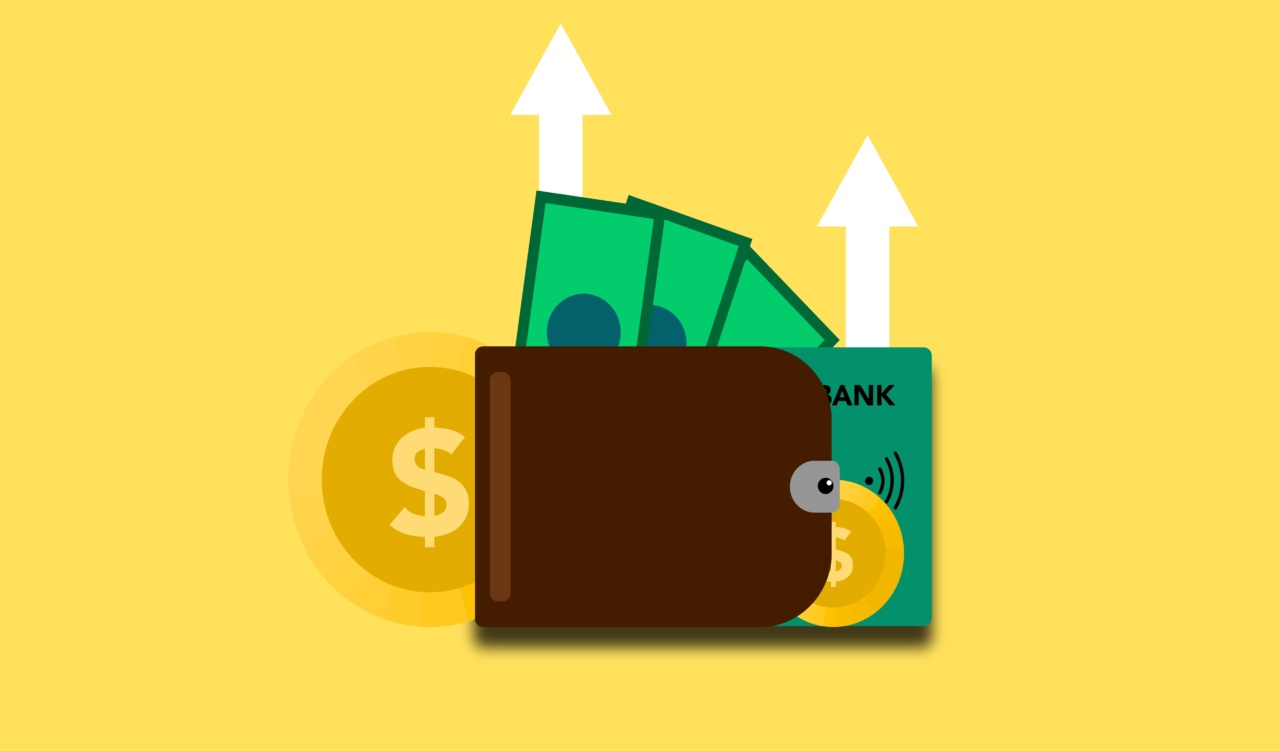As consumers, we are always on the lookout for great deals and extra benefits when making purchasing decisions.
Whether it’s getting a discount, earning rewards points, or receiving additional services, these perks can make a huge difference in our overall satisfaction with a product or service. However, it’s important to be cautious when it comes to these extra benefits, as they may come at a price increase.
In this article, we will explore the concept of extra benefits and the potential downsides of price increases that often accompany them.
Understanding Extra Benefits
Extra benefits refer to additional features or services that are offered alongside a product or service to enhance its value or entice consumers to make a purchase.
These benefits can vary greatly depending on the nature of the product/service and the industry it belongs to. Some common examples of extra benefits include:.
- Free shipping
- Extended warranty
- Discounts or promotions
- Loyalty rewards
- Exclusive access to events or content
- Complimentary upgrades or add-ons
The Appeal of Extra Benefits
Extra benefits can be incredibly appealing to consumers for several reasons. First and foremost, they provide added value to the product or service, making it more attractive compared to similar offerings in the market.
For example, a smartphone with a free protective case or a hotel room with complimentary breakfasts may be more enticing to potential buyers.
Furthermore, extra benefits can create a sense of exclusivity and make consumers feel special or privileged. Being part of a loyalty program that offers exclusive discounts and access to events can enhance customer loyalty and satisfaction.
It also fosters a sense of community among program members.
Additionally, extra benefits can help consumers save money or gain advantages that they wouldn’t have otherwise.
For instance, free shipping can significantly reduce the overall cost of an online purchase, while extended warranties provide peace of mind by protecting against potential damages or malfunctions.
The Price Increase Dilemma
While extra benefits can be enticing, it’s essential to be cautious of potential price increases that may accompany them. In many cases, companies include extra benefits as a strategy to justify raising the price of their products or services.
They understand that consumers are likely to perceive the added benefits as valuable and be more willing to accept a higher price point.
This price increase dilemma puts consumers in a challenging position. On one hand, they are attracted to the extra benefits and believe they add significant value to the offering.
On the other hand, they may feel hesitant about paying a higher price for a product or service that they may have previously purchased without these extra benefits.
Furthermore, it’s important to critically evaluate whether the extra benefits being offered are truly worth the price increase. Sometimes, companies may exaggerate the value of these benefits to convince consumers to pay more.
Conducting thorough research and comparing prices and benefits across different options can help make an informed decision.
Weighing the Pros and Cons
When faced with the choice between extra benefits and a price increase, it’s crucial to consider the pros and cons. Here are a few factors to consider:.
1. Value Perception
Evaluate the perceived value of the extra benefits and whether they align with your personal preferences and needs. Are the benefits something that you genuinely desire and would be willing to pay extra for, or do they seem unnecessary or irrelevant?.
2. Financial Impact
Assess the financial impact of the price increase. Will the higher price significantly affect your budget or restrict your ability to spend on other essential items or experiences?.
3. Longevity of Benefits
Consider the duration of the extra benefits. Are they one-time benefits or ongoing perks? If they are ongoing benefits, will you continue to find value in them in the long run, or will they lose their appeal over time?.
4. Competitive Alternatives
Research similar offerings from different brands. Are there competing products or services that offer similar benefits without the price increase? Comparing different options can help you find the best value for your money.
5. Overall Satisfaction
Think about your overall satisfaction with the product or service without the extra benefits. Are you already satisfied with the basic offering, or do you feel like the extra benefits would significantly enhance your experience?.
Making an Informed Decision
When confronted with the choice between extra benefits and a price increase, it’s essential to make an informed decision that aligns with your personal preferences and financial situation.
Consider the factors mentioned above, perform thorough research, and weigh the pros and cons.
Remember, not all extra benefits are created equal. Some may genuinely enhance your experience and provide significant value, while others may simply be a marketing ploy to justify a higher price.
By being critical and taking the time to evaluate your options, you can ensure that you make the best decision for yourself as a consumer.
In Conclusion
Extra benefits can be enticing and add value to our purchases. However, it’s vital to beware of the potential price increases that may accompany these benefits.
Be cautious, evaluate the value proposition, and carefully consider the pros and cons before making a decision. By doing so, you can navigate the extra benefits landscape more effectively and make informed choices that align with your needs and budget.





























